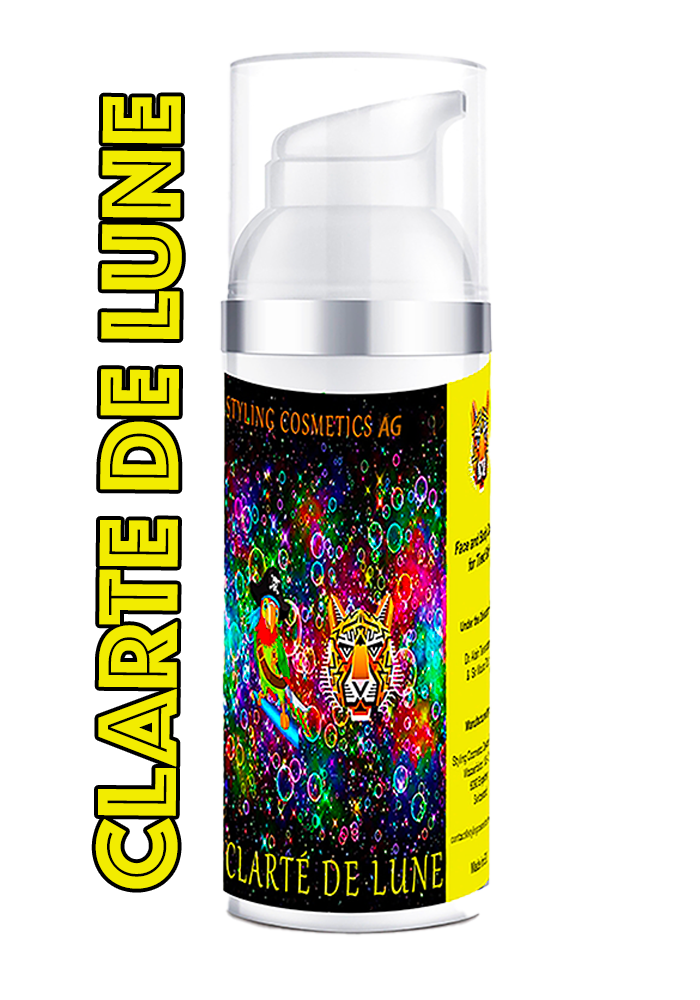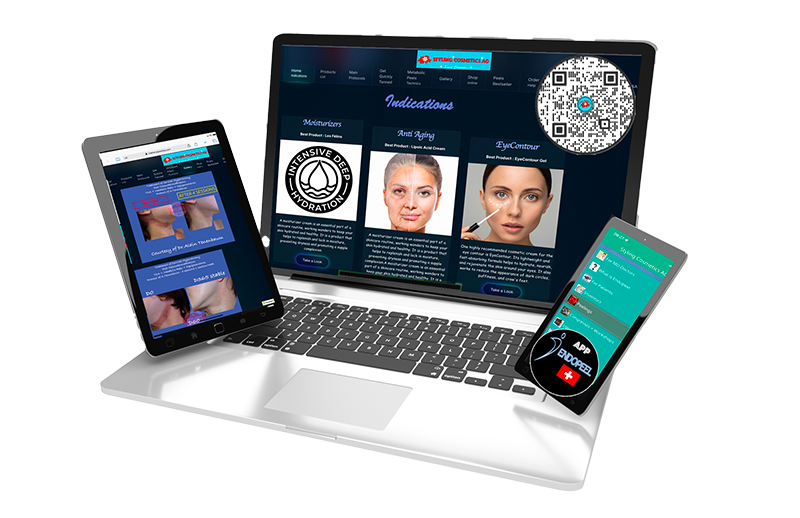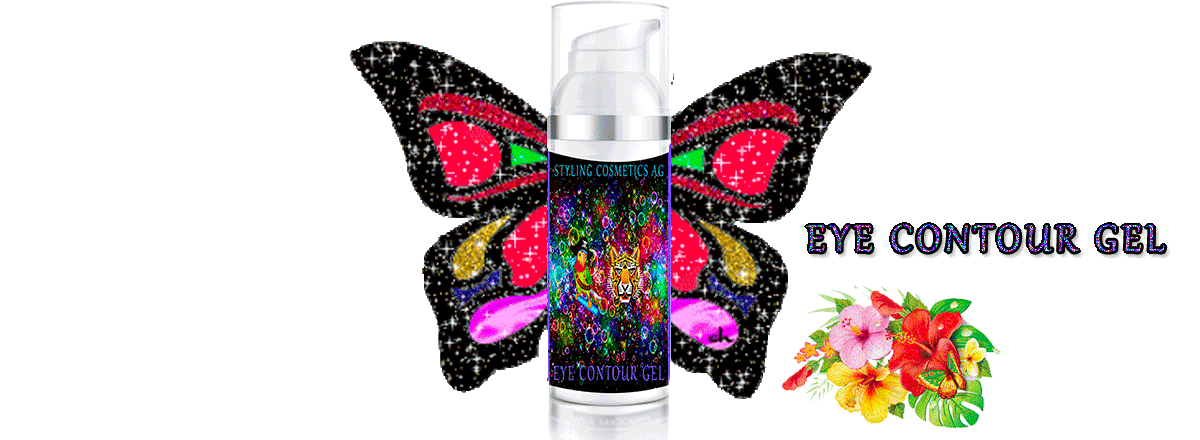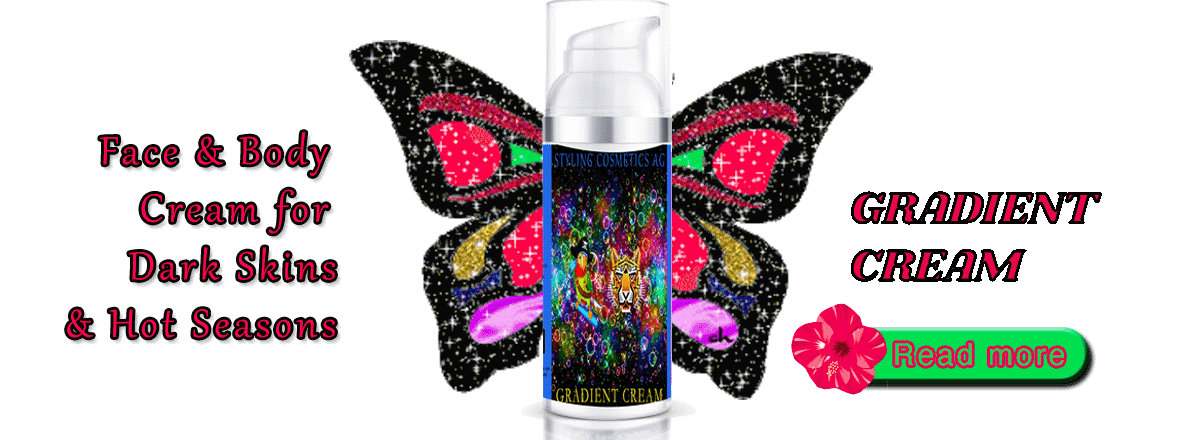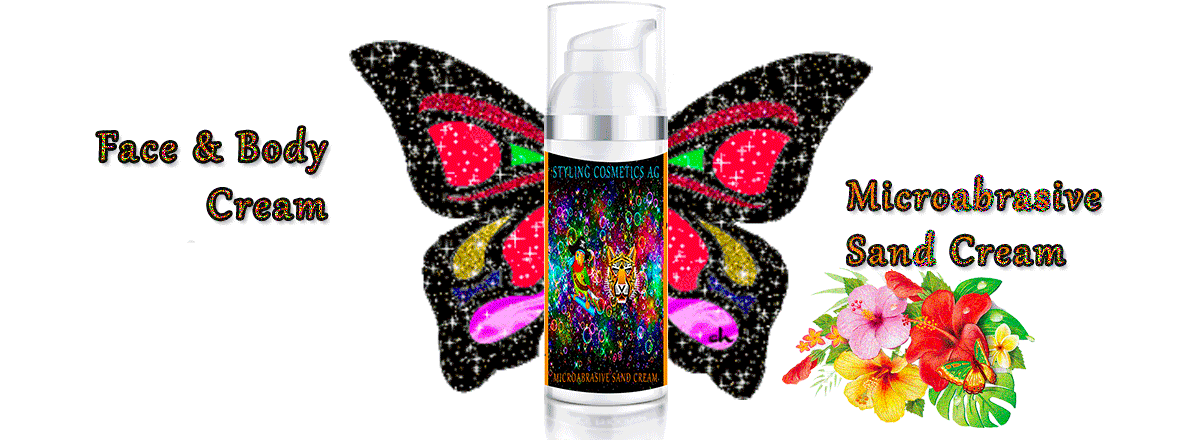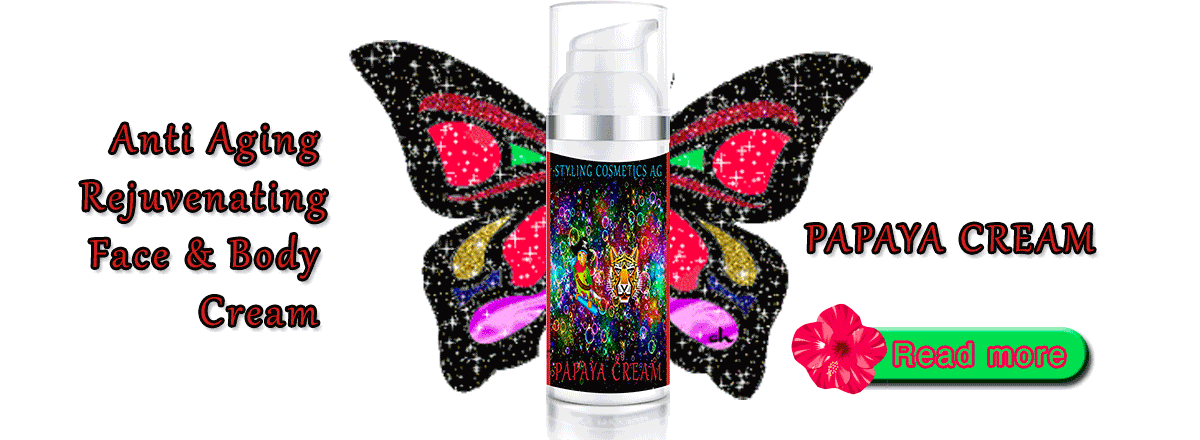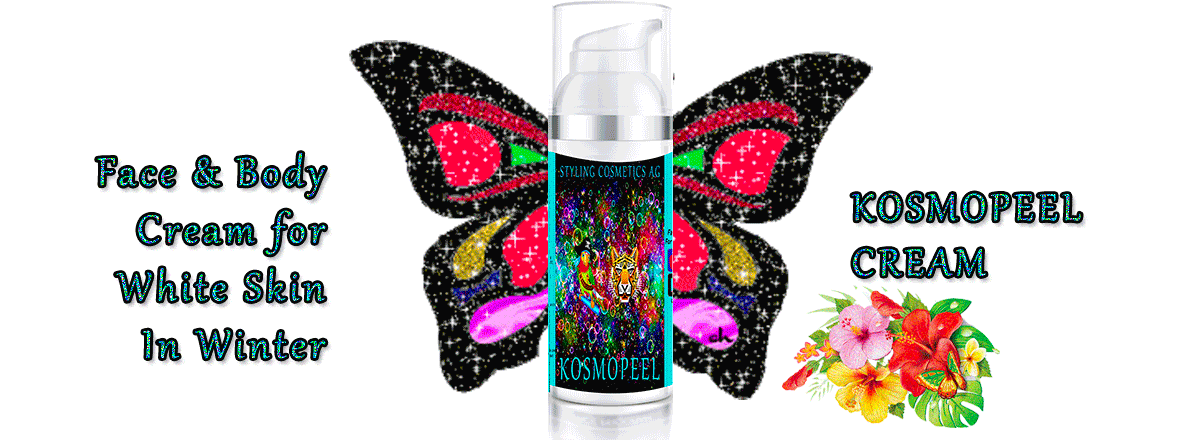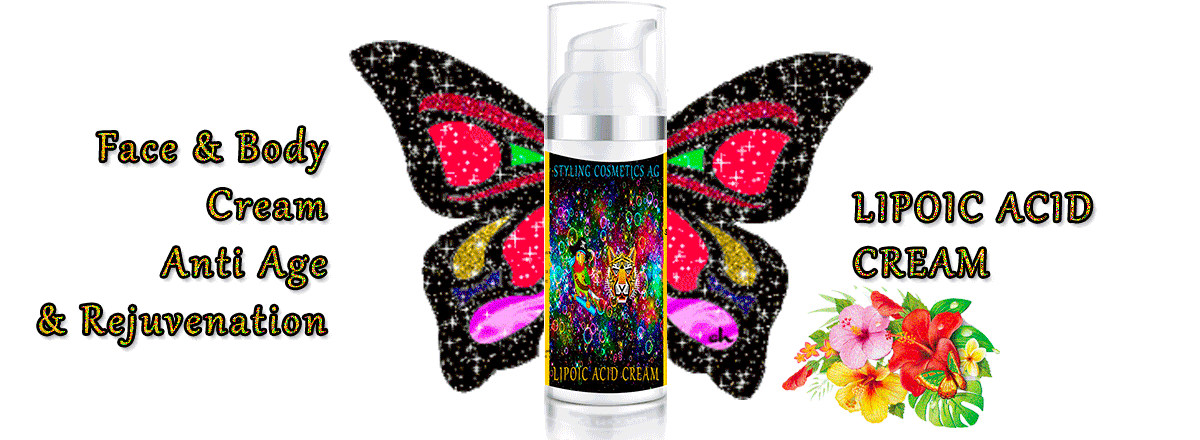Melasma

Melasma is a common skin condition characterized by the development of brown or grayish-brown patches, typically on the face.
It is often found on areas that are exposed to the sun, such as the
-cheeks
-forehead
-nose and
-upper lip.
The condition is more common in women, especially during pregnancy or when using birth control pills, due to hormonal changes.
It can also be triggered or worsened by sun exposure, certain medications, or skin irritation.
The patches are usually symmetrical, and melasma is typically more noticeable in individuals with darker skin tones.




